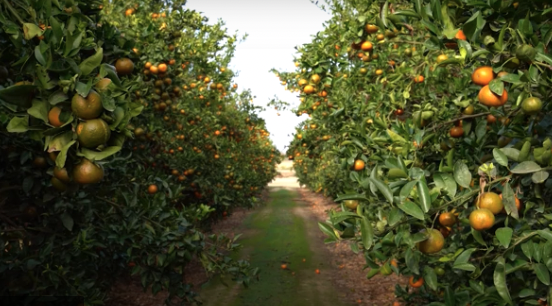Three San Joaquin Valley water agencies are gearing up to spend $10 million each in grant funding from the state Department of Conservation to retire or repurpose farmland.
Valley agencies that received grants so far include the Kaweah Delta Water Conservation District, Pixley Irrigation District Groundwater Sustainbility Agency (GSA) and Madera County.
SJV Water will look at how each agency plans to use its $10 million in separate articles. Click here for our previous article on Kaweah Delta.
MADERA COUNTY
Madera County runs from just north of Fresno to Chowchilla, east into the Sierra Nevada mountains and west to Firebaugh. It also includes the Chowchilla, Madera and Delta-Mendota subbasins on the valley floor. Those subbasins, in turn, hold 14 separate groundwater sustainability agencies (GSAs).
The county, which created its own GSA, has oversight of so-called “white lands” within the three subbasins. White lands are areas outside of traditional water and irrigation districts, which assess their farmers in order to pay for infrastructure such as canals and to buy or contract for water from rivers or federal or state systems.
White land farmers haven’t paid for those services, relying almost exclusively on groundwater to irrigate their crops.
Consequently, white land farmers have a greater groundwater deficit to make up and fewer ways to get it done as mandated by the Sustainable Groundwater Management Act, which requires overdrafted aquifers be brought into balance by 2040.
One option for reducing that pull on the aquifer is to retire or repurpose farmland.
Though Madera County oversees white lands, the $10 million state grant it received for repurposing ag land will be applied in all GSAs throughout the county with the aim of protecting disadvantaged communities.
“The idea was to focus on creating an incentive structure for multibenefit land repurposing around clusters of drinking water wells,” said Stephanie Anagnoson, director of water and natural resources for Madera County. “The most vulnerable are disadvantaged community individual home domestic wells.”
Madera County has multiple disadvantaged communities where many residents depend on shallow, private wells. Those communities have been stricken with dry wells as groundwater levels plummet due to drought and overpumping by surrounding farmers.
Madera County began experimenting with ag land repurposing early.
The Sustainable Agricultural Land Conservation (SALC) program has already been established. It was originally funded by a $200,000 grant from the state Department of Conservation. It will continue to operate in the Madera and Delta-Mendota subbasins, funded by groundwater fees which were approved on June 21.
The program won’t be available in the Chowchilla subbasin because a majority of Chowchilla subbasin landowners rejected the fees, cutting the funding legs out from under the SALC program in that subbasin.
SALC has worked to identify ag land that could be repurposed and established an incentive payment structure for landowners who want to retire and repurpose their land.
But the recent $10 million grant will have its own path. The grant will be executed within a month. After that, the county will hire a consultant to help develop the repurposing plan. Meetings and three public workshops will be held for all interested parties.
The local resource conservation district, Madera County Farm Bureau and a local grower organization are also receiving funding through the grant and will act as community partners to the county. The partners will help with outreach, planning and organizing public meetings and workshops.
There is no estimate for how much water or land the $10 million will impact. That depends on the amounts of incentive payments to growers. And determining that will probably require an economist as part of the planning process, said Anagnoson.
Share this:
- Click to share on Facebook (Opens in new window)
- Click to share on Twitter (Opens in new window)
- Click to share on LinkedIn (Opens in new window)
- Click to share on Reddit (Opens in new window)
- Click to share on Tumblr (Opens in new window)
- Click to share on Pinterest (Opens in new window)
- Click to share on Pocket (Opens in new window)
- Click to share on Telegram (Opens in new window)
- Click to share on WhatsApp (Opens in new window)
- Click to print (Opens in new window)








